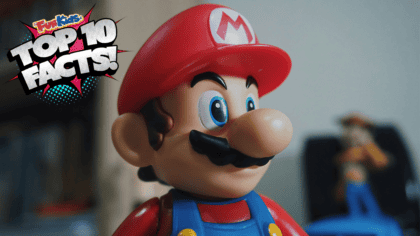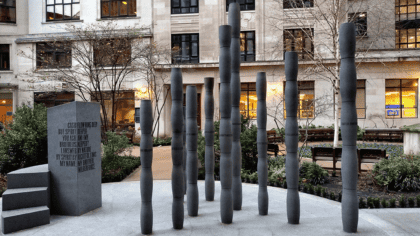First of all, many of the nerves in your body outside your brain carry information about what is going on back to the brain.
There are your ‘special senses’ (vision, hearing etc.); there is sensing of things like touch, pressure, temperature and balance; and in a typical nerve in the body that runs to one of your muscles, as many as 80% of the nerve fibres (axons) are bringing information back to the brain about how hard the muscle is contracting, the length of the muscle, its position, the position of the limb, and so on.
Finally, the body has many, many other ‘internal sensors’ to tell it about what is going on inside it – like how much oxygen is in your blood, for instance.
The next answer is that all this information is ‘received’ by centres in the brain (mostly) and decisions then made – sometimes by special cells, sometimes by ‘networks’ of many cells working together – about what signals to send out to control the body.
A lot of these are automatic, like controlling your heartbeat. Some things you do are voluntary – like standing up (if you decide to) – but we need the brain to ‘automatically’ make a lot of different things happen. You choose to stand up, but the brain’s processing then tells all the various muscles that help you stand up to coordinate their actions to make it happen.
Some things require thinking at first, but as you do them over and over again, they get progressively more automatic – like learning to stand and walk as a baby, for instance, or learning to catch a ball.
Catching a ball involves your eyes tracking the ball, your brain predicting its flight, and your body, arm and hand moving to catch it, but this may all happen so fast – think a catch in the slips in cricket – that much of it is semi-automatic without you having to consciously think: ‘Must catch ball – thinks – must move arm.’
This is because all the practice has ‘re-wired’ your brain’s circuitry to allow the relevant bits – eyes, tracking, prediction, move to catch ball – to coordinate automatically to make the action happen faster.
Finally, perhaps you were actually asking how our brain ‘makes’ our consciousness. That is an even bigger question, and one that lots of scientists would like to solve!
Join Professor Hallux as he looks at each part to see what fixes he can make to build a better body!
You can hear Hallux’s Physiology Fix-Up weekdays from 5pm on Fun Kids!
Listen back to any episodes you’ve missed below!
Hallux’s Physiology Fix-Up with support from The Physiological Society.
Add a commentHallux’s Physiology Fix-Up
Professor Hallux gets to grips with physiology!
More From Hallux’s Physiology Fix-Up







